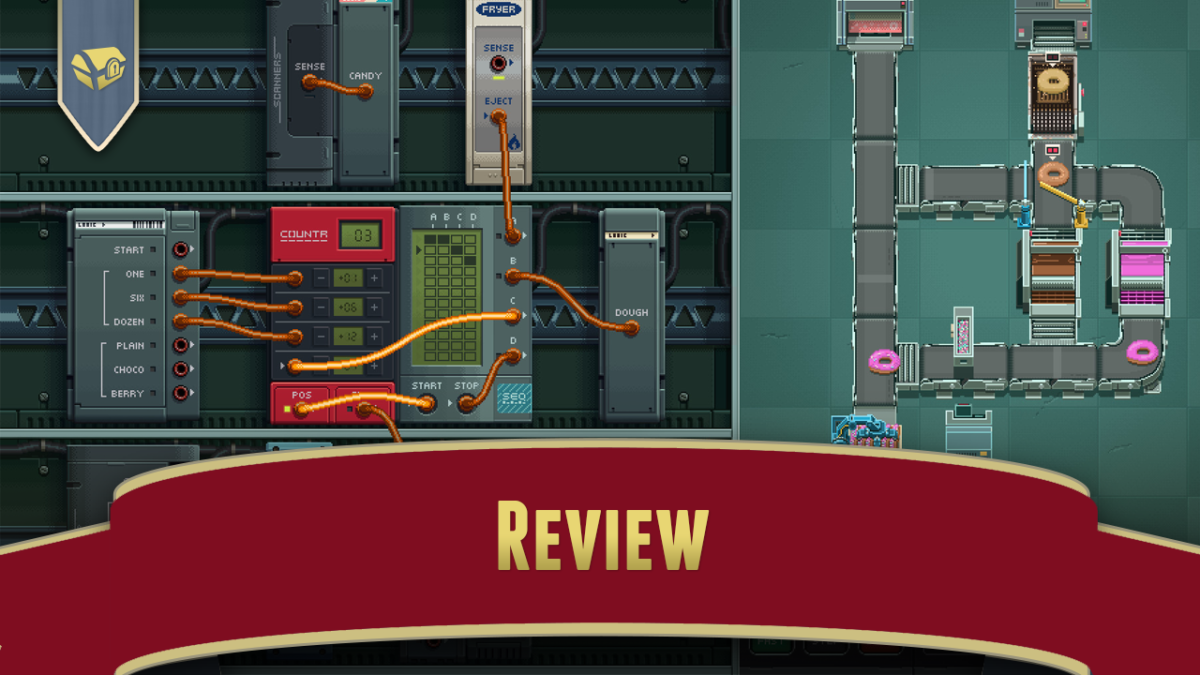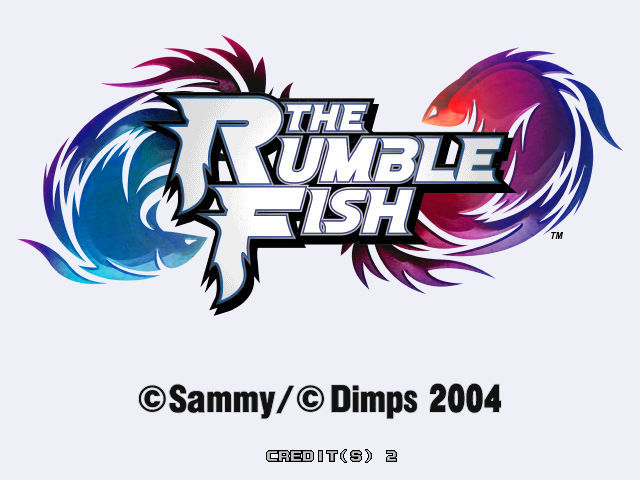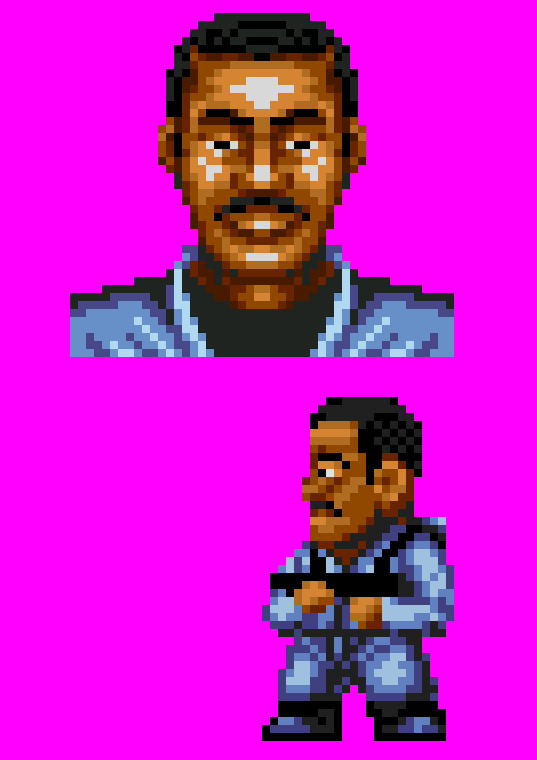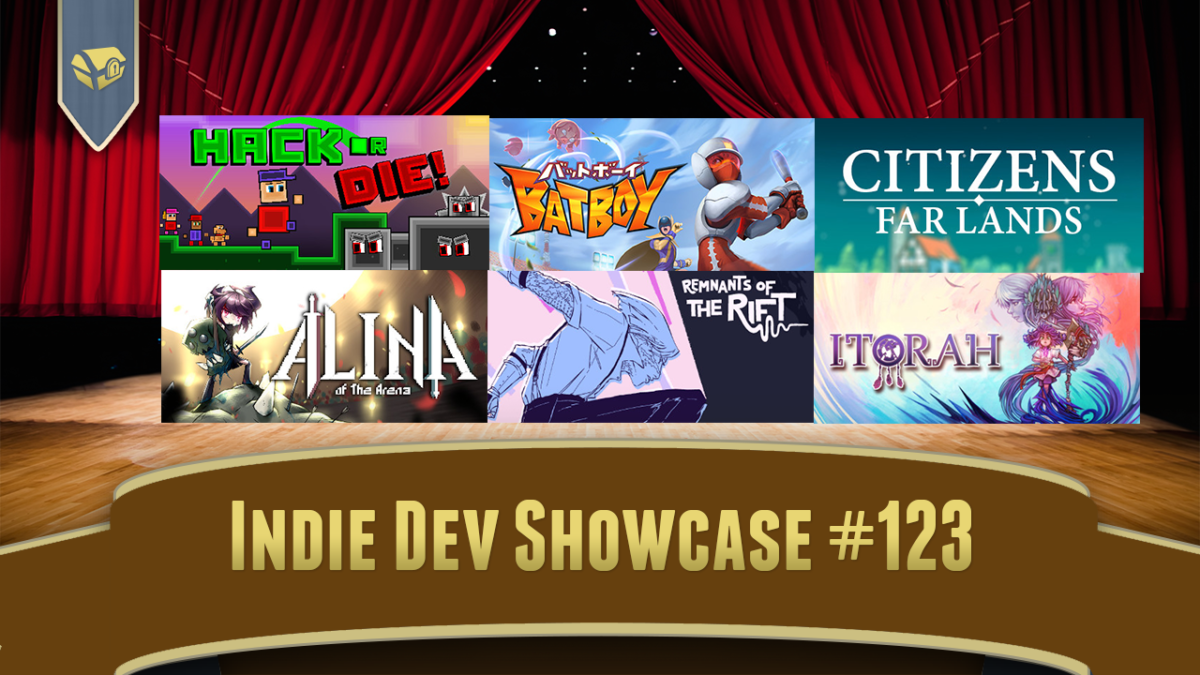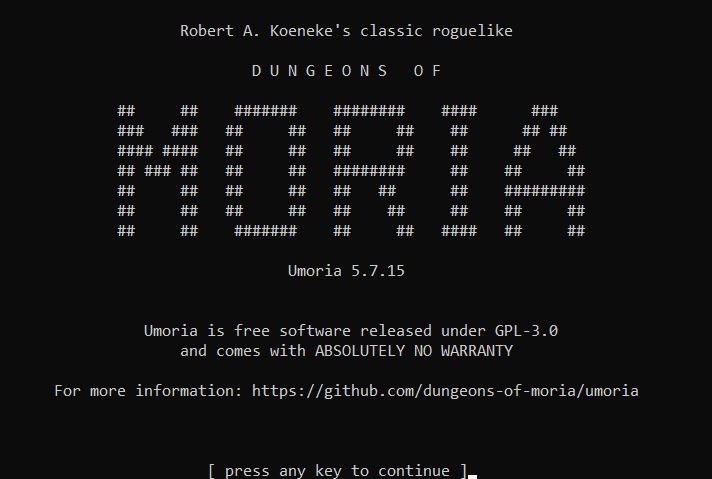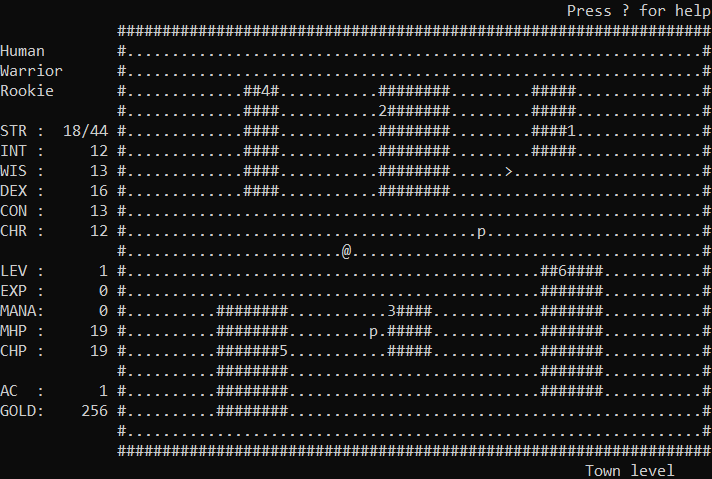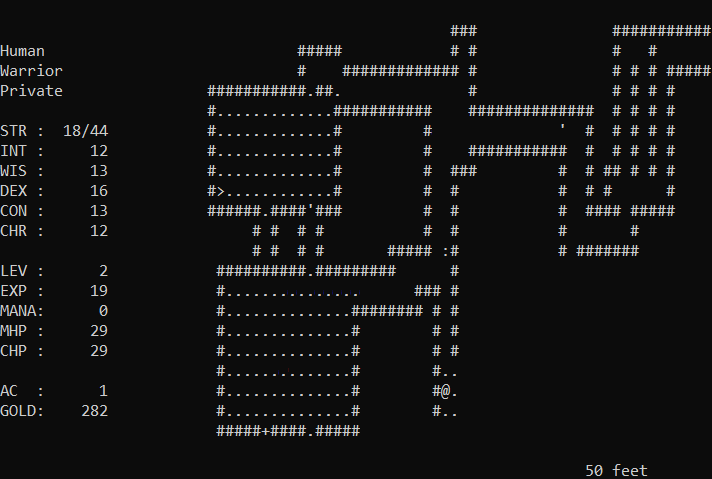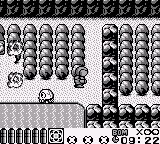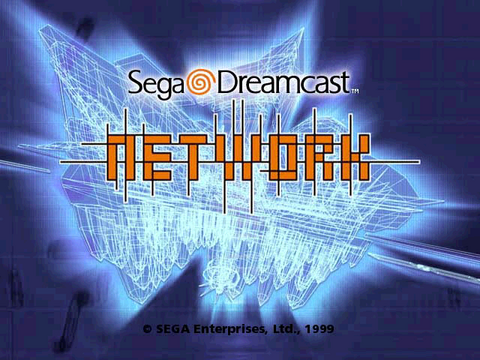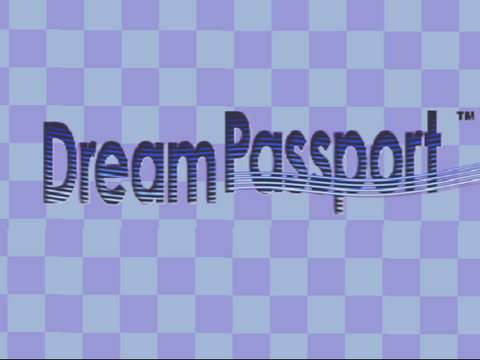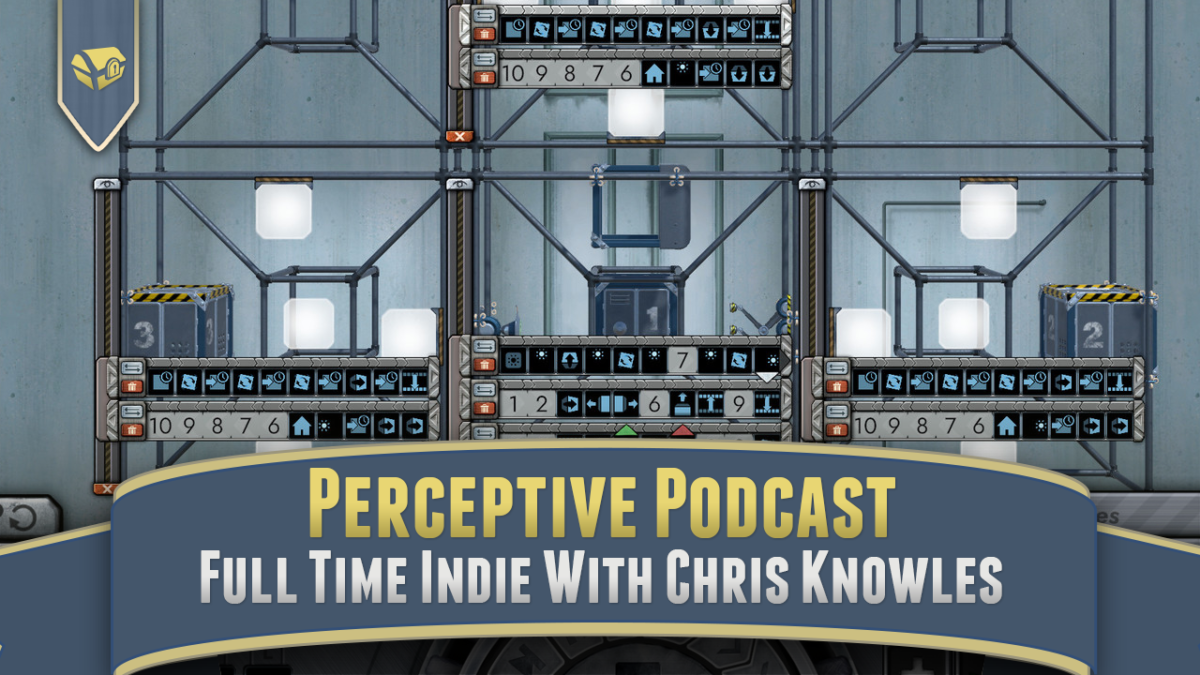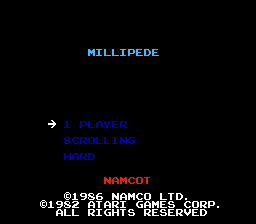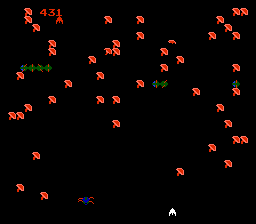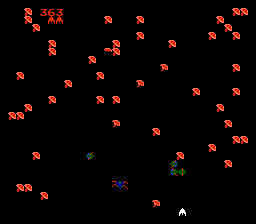
“We scour the Earth web for indie, retro, and niche gaming news so you don’t have to, drebnar!” – your faithful reporter
At TechRadar, Jeremy Peel is set on telling us about Rogue Mage, an expansion to the Gwent card roguelite game set in the Witcher universe. Hey! Did you know there are roguelike games that don’t involve building a deck? It’s true!
At NintendoLife, Jim Norman (hey! a new guy!) informs of a blatant knockoff of beloved indie perennial Mini Metro on the Switch eShop. Boo! Hiss! Burble! Splorch! It’s like some folk on your planet were born without shame glands.
Jorge Jiminez at PC Gamer tells us the FCC is trying to get everyone in the US good internet. As a one-celled life form from a distant planet I don’t have much stake in the matter, but I can be happy for people by proxy, and do you know why? It’s because I’m not a jerk, drebnar! Glad to see the agency is trying to recover from that horrid stance against Net Neutrality back during what I understand Earth people call “the years of the carrot monster.”
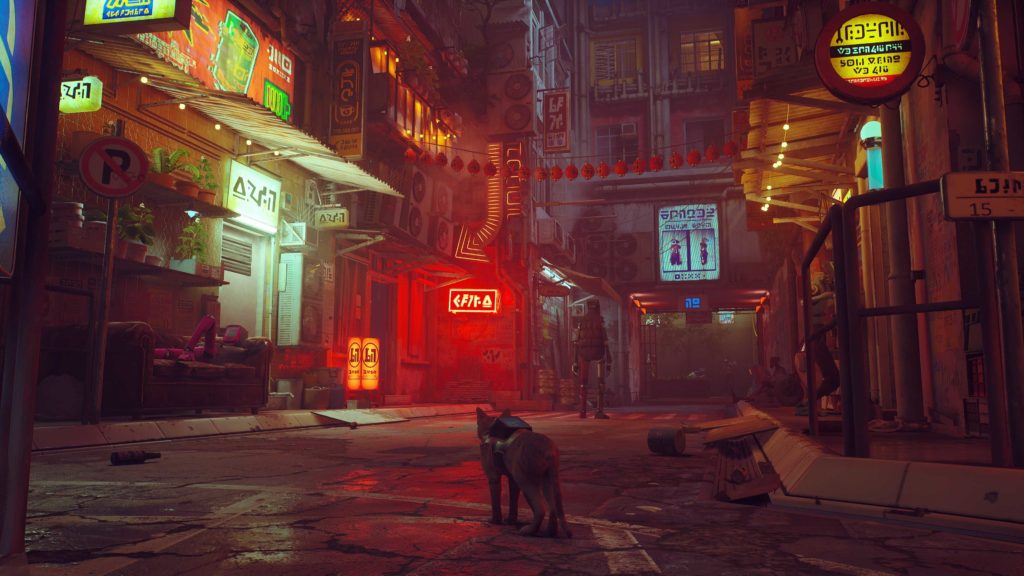
At Kotaku, John Walker (another new name!) sounds a harsh note about Stray, a game that most of the internet has enthused over, by mentioning how, while it starts with you playing as a very cat-like cat, by the end you’re also playing as their robot companion a lot, and shooting things all zappy zappy, and doing a lot of video game stuff. It still doesn’t sound at all like a bad game, but just, something a bit different by the end than people may expect?
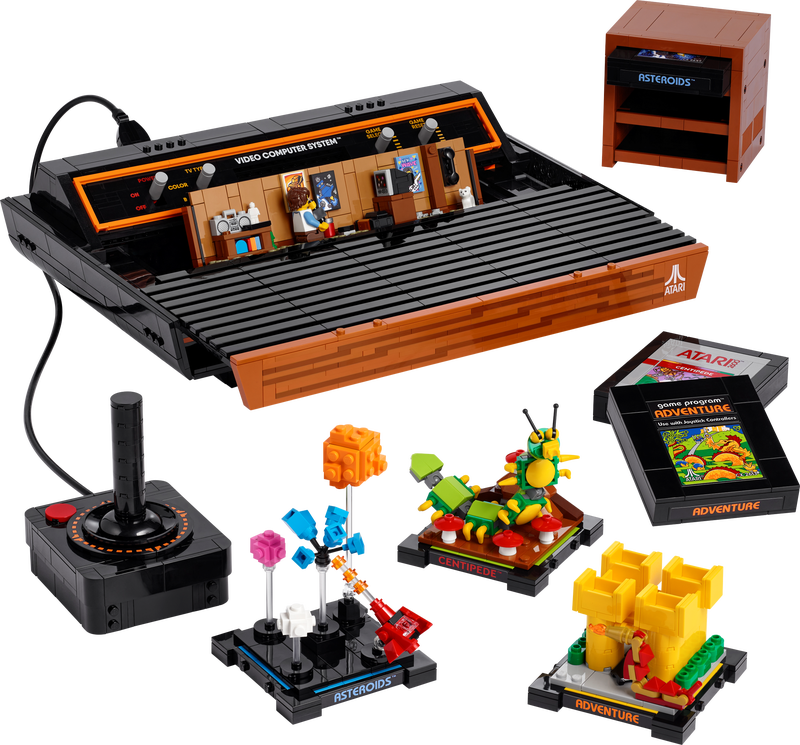
Bunches of people have been talking about the new Lego set that lets you build a plastic Atari 2600, our link to the subject is CapnRex101 at Brickset, a Lego fansite. It looks like a great model that is full of detail, although notably it retails for $240. For that price you could probably get your hands on a real VCS, although at the cost of it being actually playable, at least if you have a CRT lying around. But if you were going to go that far, you’d probably just look into getting a Flashback.

